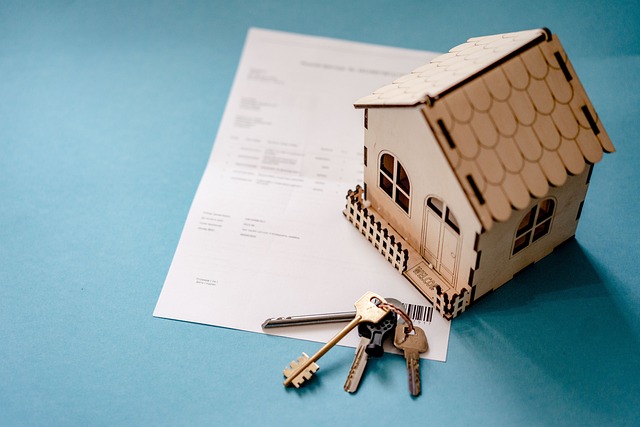Homeowners can significantly reduce their carbon footprint by installing water-saving home fixtures like low-flow showerheads and efficient toilets, which cut water consumption and energy bills. These upgrades, combined with energy-efficient appliances and renewable energy sources, contribute to global conservation efforts and long-term cost savings, proving that small household changes can lead to substantial eco-friendly results. Smart tracking tools further optimize these sustainable practices over time.
Reducing your carbon footprint is an essential step towards a sustainable future, and one of the most effective places to start is at home. In this article, we explore how eco-friendly upgrades can significantly mitigate environmental impact. From understanding your carbon footprint’s origins to implementing water-saving home fixtures, each section guides you on navigating this journey. Discover practical tips for efficient living, learn about sustainable changes, and track your progress towards a greener lifestyle.
Understanding Your Carbon Footprint and Its Impact
Understanding your carbon footprint is the first step toward making meaningful changes to reduce it. Carbon emissions from daily activities, such as energy consumption and transportation, contribute significantly to global warming. At home, simple yet effective upgrades can make a noticeable difference. For instance, installing water-saving home fixtures like low-flow showerheads and efficient toilets not only reduces your energy bills but also cuts down on the carbon footprint associated with water treatment and distribution.
Every drop counts when it comes to water conservation. These fixtures are designed to minimise water usage without compromising performance, ensuring that every household can do its part in preserving this precious resource. By adopting eco-friendly practices at home, individuals can collectively make a significant impact on the environment, demonstrating that small changes can lead to substantial results in reducing carbon emissions.
Identifying Eco-Friendly Upgrades for Your Home
When considering eco-friendly upgrades for your home, one of the most effective places to start is by implementing water-saving home fixtures. Simple changes like low-flow showerheads, aerators on faucets, and efficient toilets can significantly reduce your household’s water consumption, lowering both your utility bills and environmental impact. These upgrades not only help conserve precious resources but also send a strong message about your commitment to sustainability.
Beyond water conservation, there are numerous other eco-friendly options available for homeowners looking to reduce their carbon footprint. Consider energy-efficient appliances that carry the ENERGY STAR label, smart thermostats that optimize heating and cooling systems, or renewable energy sources like solar panels. Each of these upgrades contributes to a more sustainable living space while potentially saving you money in the long run.
Water-Saving Home Fixtures: A Focus on Efficiency
Water-saving home fixtures are an essential part of any eco-friendly upgrade journey, offering a simple yet effective way to reduce daily water consumption. These innovative solutions, from low-flow showerheads to efficient toilets and aerated faucets, transform your home into a hub of sustainability while cutting down on precious resources. By implementing these fixtures, you’re not just making an environmentally conscious choice; you’re also potentially lowering your water bills.
Each upgrade contributes to a more significant impact over time. For instance, a standard showerhead can use up to 2.5 gallons of water per minute, while a low-flow model typically uses 1.5 gallons or less. These seemingly small differences accumulate, leading to substantial savings and a reduced carbon footprint. Additionally, efficient fixtures often come with advanced technologies that improve user experiences, ensuring you don’t compromise on performance while embracing eco-friendliness.
Implementation and Tracking: Making Sustainable Changes Effective
Implementing eco-friendly upgrades is just the first step; effective change requires strategic tracking and continuous effort. One powerful method to reduce your carbon footprint is by adopting water-saving home fixtures, such as low-flow showerheads and efficient toilets. These simple yet effective solutions can lead to significant water conservation, cutting down on energy usage required for water treatment and distribution.
Regular monitoring of water consumption patterns post-upgrades is key. Smart meters and advanced tracking apps can help homeowners stay informed about their water usage, enabling them to identify areas where further improvements are needed. This data-driven approach ensures that sustainable practices are not only adopted but also optimized over time.
By understanding your carbon footprint and making strategic eco-friendly upgrades, such as installing water-saving home fixtures, you can significantly reduce your environmental impact. These changes not only benefit the planet but also often lead to lower utility bills. Remember, every small step towards sustainability counts, and by implementing these strategies, you’re contributing to a greener future.
